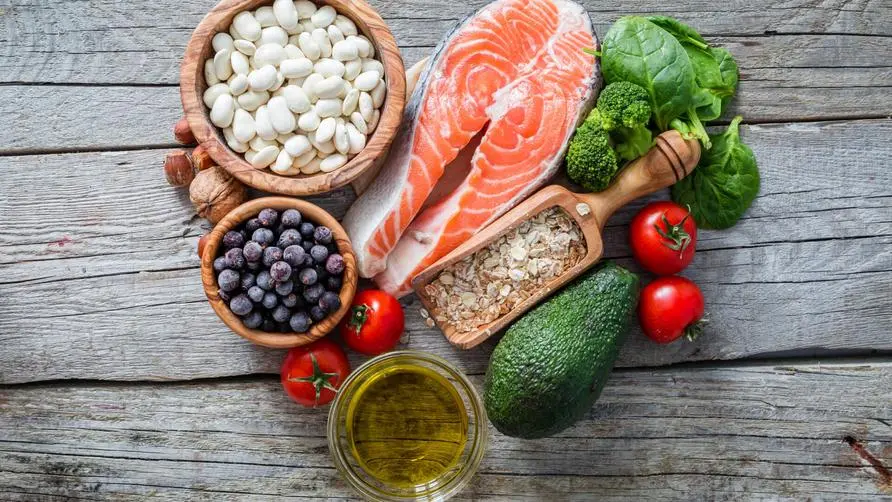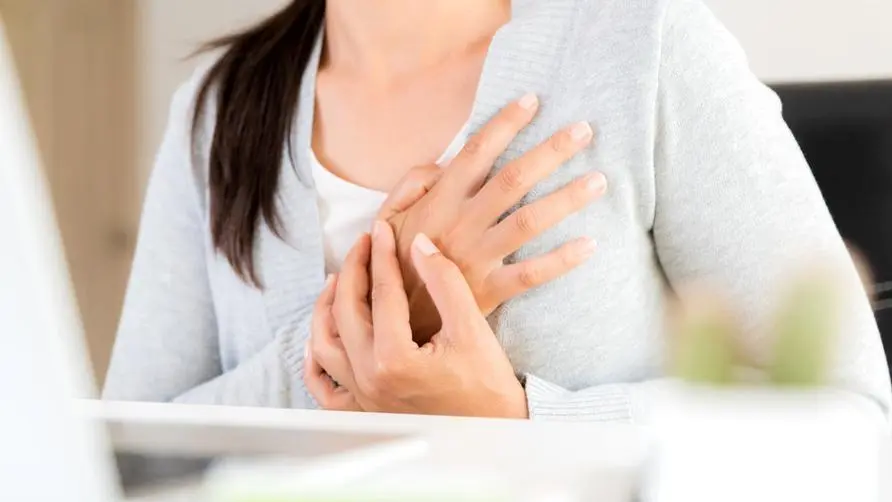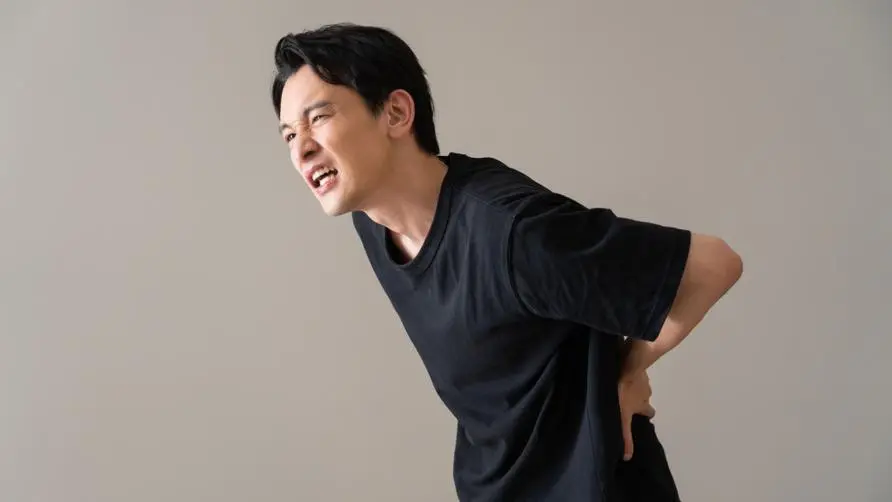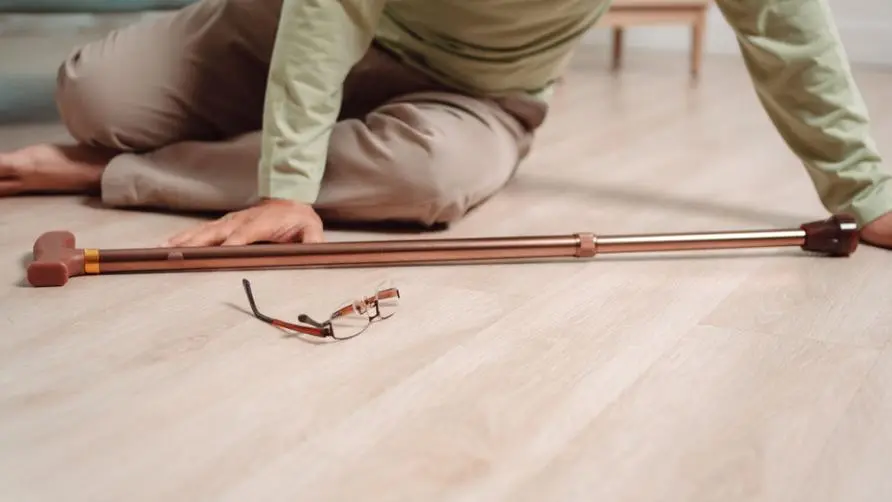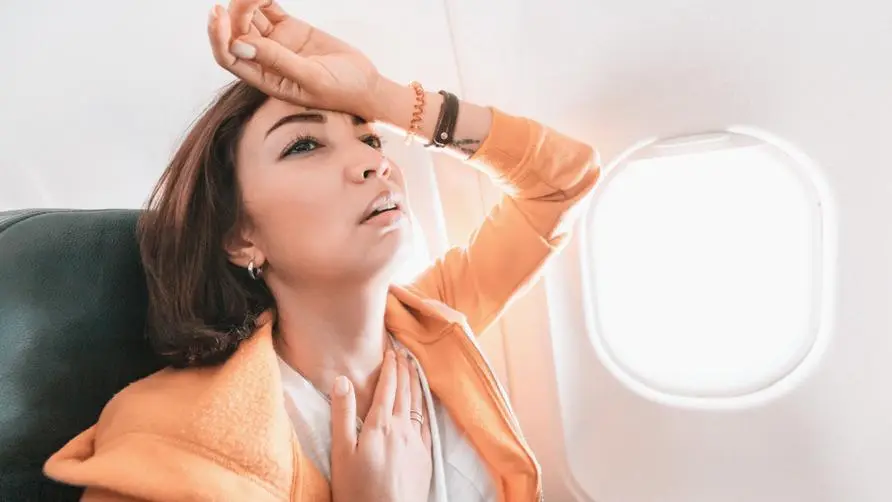What are the symptoms of varicose veins? 5 times more likely to have blood clots? Seriously afraid of "blood vessel burst" and amputation?
Interviewee/Dr. Li Menglin, Cardiovascular Center, Cathay General Hospital
What are varicose veins? What are the common symptoms?
Varicose veins, commonly known as “floating hamstrings,” are venous vascular diseases caused by superficial veins becoming thicker, larger, or bulging. The common causes are that the valve structure in the veins is fragile and loose, resulting in abnormal blood circulation in the body, or deep vein obstruction at the front end (in a few cases) leads to swollen blood vessels at the back end, giving the legs an appearance similar to “green veins” .
The “venous pressure” of patients with varicose veins is often too high, which can easily cause inflammatory reactions in surrounding tissues, causing discomfort such as “acidity”, “numbness”, “swelling”, “pain”, “itching”, and “heat”, along with Frequent leg cramps. As for the appearance of “green veins”, it is a visible characteristic of varicose veins. Some people with varicose veins may not have uncomfortable symptoms.
Which group is more prone to varicose veins? Are older people more likely to delay medical treatment?
Elders. As we age, blood vessels age and their function deteriorates (valve relaxation).
Female. Clinically, it has been found that the incidence rate in women seems to be slightly higher than that in men, which may be due to physiological differences caused by female hormones. In addition, when women wear high heels for a long time, the calf muscles may be too tight, resulting in poor blood return function and an increased chance of varicose veins.
People who are overweight or obese. This group of people may be prone to varicose veins due to higher intra-abdominal pressure and poor blood return.
Those with family medical history. Genetic inheritance is one of the main causes of varicose veins. Friends and relatives with a history of varicose veins will be more likely to develop.
Workers who stand for a long time. Standing for a long time will increase the chance of varicose veins, and those in the catering, service, and department store industries are potentially prone to varicose veins.
Those who lift heavy objects. For movers and logistics operators, the pressure on blood vessels in the lower limbs increases when moving heavy objects, which also increases the chance of varicose veins.
People who sit for a long time and have no exercise habits. This group of people have poor blood circulation, which makes it difficult for blood to flow back to the lower limbs and easily develops varicose veins.
Most of the patients seeking treatment due to varicose veins are the elderly, while most of the younger people are workers in the department store industry, security guards, etc. who stand for long periods of time. In addition, a small number of young athletes seek treatment for the discomfort of varicose veins due to excessive activity and thickened blood vessels.
It is worth noting that many elderly people do not take varicose veins seriously. When it worsens to a certain extent, a trauma or scratch may cause a “blood vessel burst” and the wound will bleed. In severe cases, walking becomes difficult and may even increase the risk of amputation. If you have symptoms of soreness, numbness, swelling, pain, or itching in your legs, or leg cramps while sleeping in the middle of the night, combined with the appearance of blue veins, you should go to the hospital for examination as soon as possible.
Varicose vein thrombosis 5 times higher? Related to valve disease?
Past studies have pointed out that patients with varicose veins are five times more likely to suffer from deep vein thrombosis than the general population. Because varicose veins are known to be related to valvular atresia, and many patients with varicose veins have been clinically found to have some heart valve insufficiency, it is speculated that the two may be related. However, this hypothesis requires more research to confirm its relationship.
There are no clear studies to confirm the link between other vascular diseases and varicose veins.
What are the treatments for varicose veins? Will the spider silk disappear completely?
Determining the severity of varicose veins will be based on non-invasive “vascular ultrasound examination”. When the examination results show that the degree is mild, you can consider using sclerosing agents, wearing elastic stockings, or medication. Those with more severe varicose veins need to consider interventional treatment, and currently minimally invasive surgery is the main option. The current principle of surgery is to seal the blood vessels that flow backward so that they no longer flow backward, thereby slowing down the rise in venous pressure.
Occasionally there will be residual small spider veins after surgery. If you are concerned about it, you may consider further sclerotherapy or surface laser treatment.
What are the key points in daily care for varicose veins? Want to avoid excessive weight training?
Patients with varicose veins are reminded to wear elastic stockings and combine them with exercise habits to promote blood circulation in the body. Excessive “weight training” should be avoided during exercise to avoid increasing intra-abdominal pressure. You can mainly do light aerobic exercise, such as brisk walking, jogging, swimming, etc. People with a family history of varicose veins should avoid sitting and standing for long periods of time in daily life, and wear elastic stockings if they are engaged in long-standing occupations to help reduce the occurrence of varicose veins.
Further reading:

